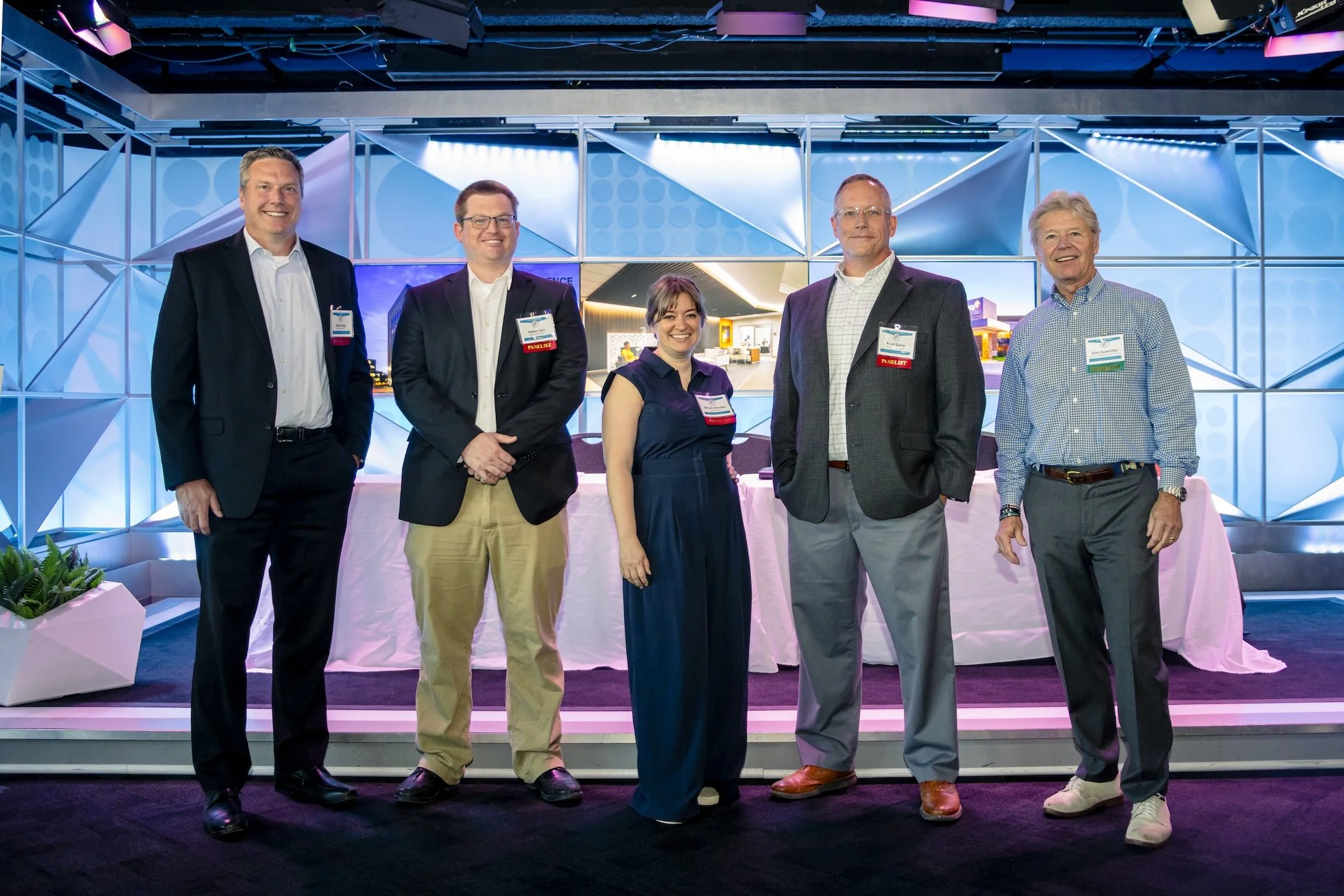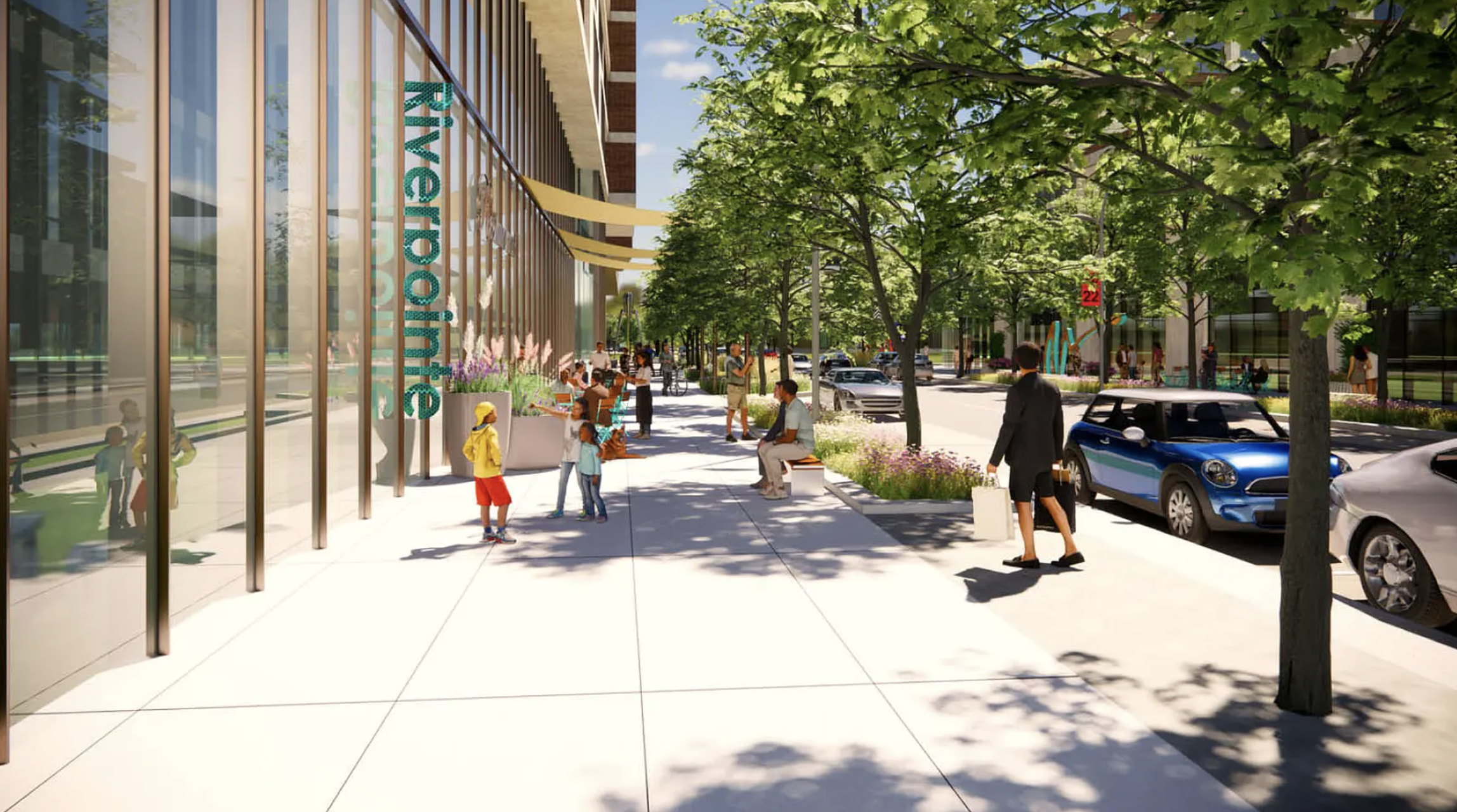Rising just west of Gateway Arch National Park, the 29-story Mansion House Apartments at 300 N. Fourth St. are a signature piece of St. Louis modernism. Conceived in the mid-1960s by the firm Schwarz & Van Hoefen—whose principals Hari Van Hoefen and Richard Henmi helped define the city’s International Style—the complex introduced glass-and-steel residential living to downtown and anchored a larger “superblock” of mid-century buildings and plazas.
Today, Mansion House is in the midst of a major repositioning. Ownership entity Coral Mountain Owner LLC, which purchased the property in November 2021 for $29.3 million, is advancing a $169 million renovation program. City documents designate Coral Mountain as the redeveloper and note PARIC Corporation as the general contractor, with work spanning apartments, rooftop and pool, building systems, and the public promenade. The plan retains the 415-unit mix while modernizing finishes and amenities to meet current renter expectations.
Public-private alignment underpins the capital stack and execution. The Land Clearance for Redevelopment Authority (LCRA) approved the redeveloper designation, and earlier filings tied to the property referenced local incentives, such as multi-year tax abatements and sales-tax exemptions on construction materials—standard tools for large-scale urban reinvestments. These mechanisms, together with private equity, position the project to absorb significant capital expenditures while improving building performance.
The business plan emphasizes upside over disruption. With a substantial on-site parking supply exceeding 550 spaces and a riverfront location steps from the Arch grounds, the asset can capture demand from downtown employers, civic anchors, and a growing base of destination entertainment. Pro formas in city materials anticipate rent growth after renovation, reflecting the premium urban residents place on contemporary amenities and energy-efficient systems. Importantly, the scope maintains a stable unit count, supporting continuity for the downtown housing pipeline while enhancing quality.
Mansion House’s refresh also preserves a notable chapter of St. Louis design history. By rehabilitating an emblematic International Style tower rather than replacing it, the project aligns with broader downtown goals: retain architectural character, attract new residents, and expand the taxable base through long-term value creation. For investors and partners, the opportunity is clear—deliver a differentiated, amenity-rich product in a landmark location while leveraging established city incentives to de-risk a complex urban redevelopment.
Header image: The 29-story Mansion House Apartments await the next phase of life with a $169 million renovation on the horizon. Image | The Cultural Landscape Foundation - credit: Adam Smith (2018)


































































































